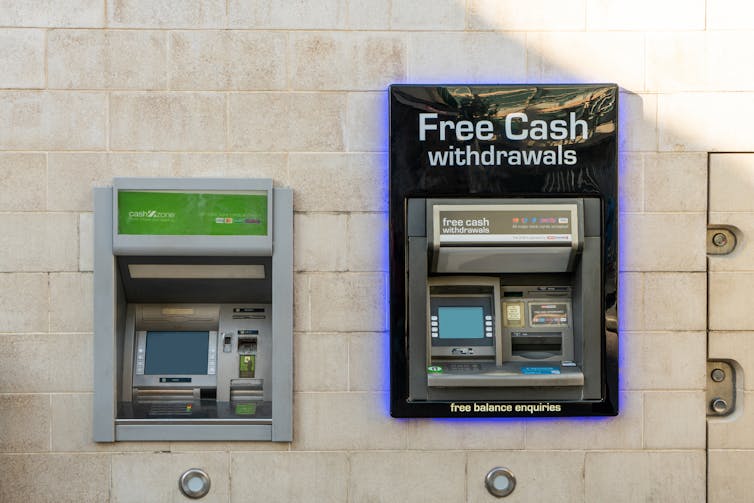
By Katie Cross
When I applied for a job at the University of Bristol’s Personal Finance Research Centre (PFRC) three months ago, I never expected my first week would be spent working from the comfort of my own home. No commute, no struggling to navigate my way around campus and no face-to-face introductions with colleagues. Instead I find myself writing this blog as a way of introducing myself to everyone at the University and to those within the wider research community.
So hello, I am Katie the new Research Associate at the PFRC. My background is in quantitative, policy-focused research, most recently working for the Association of Convenience Stores, a trade association that lobbies government on behalf of small shops. The best thing about working in an applied social research setting is that your research can have a direct impact; the intention is that the findings you produce will be used to inform and drive change. This was just one of the reasons I was drawn to working for the PFRC.
Moving into personal finance and being able to work at the University is an extremely exciting opportunity, which will bring with it a whole host of new experiences. But researching small shops has more in common with personal finance than you might think.
Access to cash
Firstly, during my time at ACS I saw how many people were dependent on the financial services that local shops offer, including post offices, cash machines and bill payment terminals. From a business perspective it is important that offering these services remains viable, as retailers can end up operating them at a loss, replacing ATMs with pay-to-use models or removing them all together. From a personal finance perspective, the removal of these services can be detrimental, especially to the most vulnerable. Almost half of the UK population (47%) believe it would be personally problematic if there was no cash in society and 17% (over 8 million adults) would struggle to cope without it. These figures were reported prior to the coronavirus outbreak, which will only have brought this into the spotlight even further. With hygiene concerns around the use of cash, an increase in the contactless card payment limit and more shops only accepting card, it is now even more important that we do not leave those who rely on cash behind. This makes the work that the PFRC and Dr Daniel Tischer are doing with the Financial Conduct Authority, Payment Systems Regulator and various industry stakeholders on mapping access to cash across the country even more valuable.
Helping people in vulnerable situations
Secondly, helping people in vulnerable situations is a top priority for the PFRC, and the same is often true of local shops. I was always impressed by how much local shops do for their communities, whether this is through delivery services for the elderly, training staff to become dementia friends, or just being there for people who don’t have anyone else to talk to. This has become more apparent during this unprecedented period, with shops going even further to get vulnerable customers the help they need. With Coronavirus pushing many more into vulnerable situations, this is now more important than ever. If the virus has taught us anything, it is that our lives and personal circumstances can change quickly, and sometimes with very little warning.
It is with that in mind that I start my new role.
I am really looking forward to working within the area of personal finance, especially at a time of such great economic uncertainty when we need this research more than ever. I can’t wait to use my past experience and research abilities to help inform all areas of personal finance and help drive change for those who need it.



